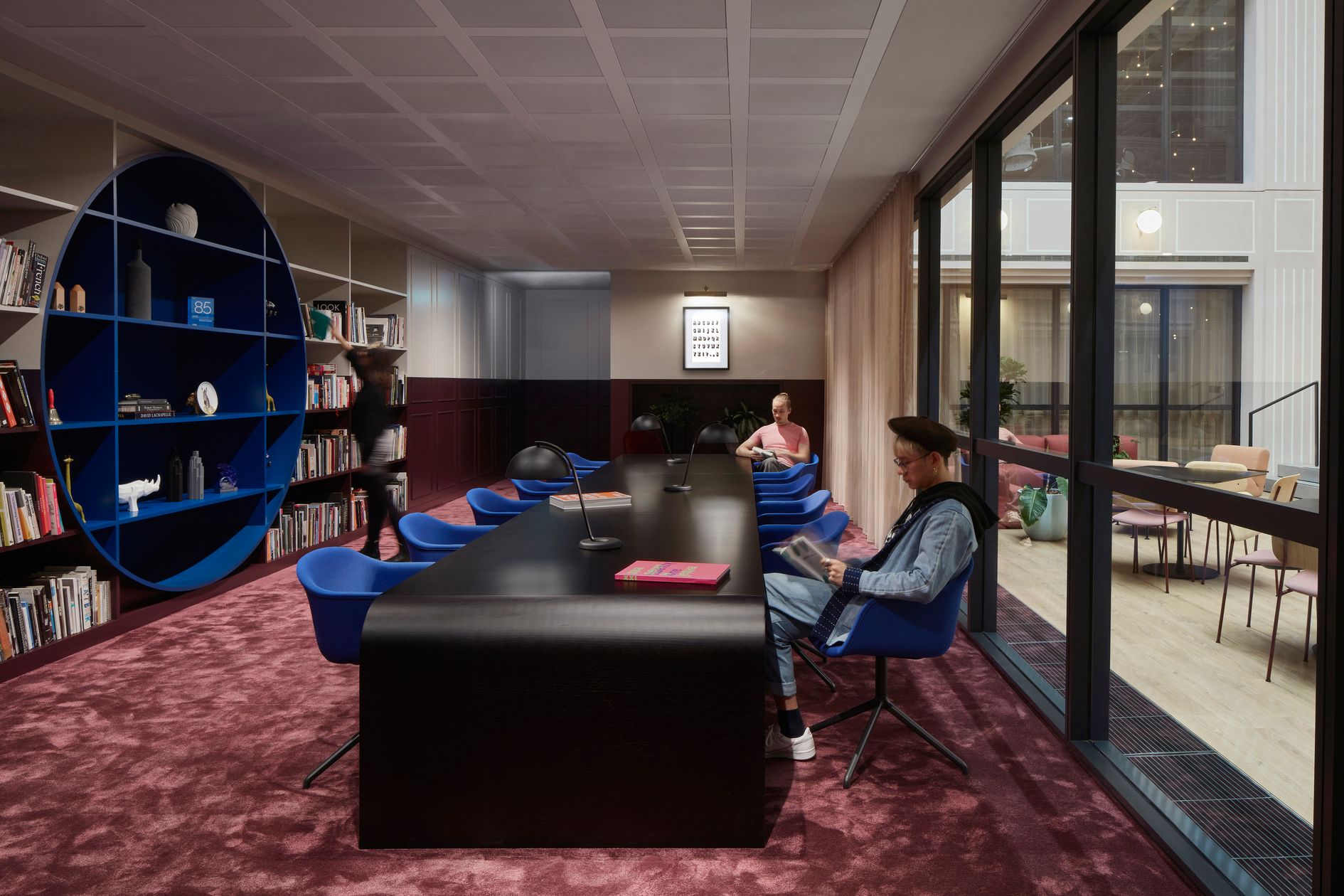
As workers return to their jobs, post-covid eraremains sluggish, reflecting the need for new hybrid ways of working, architects and developers are rethinking office architecture.
By targeting workers who divide their space between home and office, between remote and live work, adapting one of the benefits of the pandemic to the new work reality, they are creating workplaces that feel like home.
In ten major U.S. cities, worker office use is on average about 50% lower than before the pandemic. In 2022, and for the second year in a row, employees felt less engaged with work and the workplace, according to a Gallup survey released in January.

Turning the office into a shared workday destination could rekindle employee enthusiasm for the office, said Jim Harter, Gallup’s chief research officer for workplace management.
Architects are expanding access to the street, even to skyscrapers. “More and more office buildings will include touchdown points where guest workers can connect and work,” explains Annie Draper, director of Hines, a Houston-based developer specializing in flexible outdoor workspaces.
Designed by architectural giant Gensler, Deutsche Bank’s new New York headquarters will include storage lockers in the trading floors for “hybrid” workers so they don’t have to lug their gear from home to work.
Check out this post on Instagram.This post was posted by Hines (@hines)
Office like at home
The latest building architecture changes are more than a temporary response to the teleworking pandemic, architects, real estate agents and property managers explain.
In this context, offices are expected to be more like a comfortable modern home living room, with fewer desks and more sofas, armchairs, stools, tables, and even fireplaces. This direction is called “resimercial” (a combination of the words “residence”, “residence” and “commercial”, “commercial”) and aims to make offices less corporate and more hospitable for workers who have become accustomed to the comfort of home during the years of the pandemic. .
Check out this post on Instagram.This post was posted by Hines (@hines)
The new workplace architecture will bring to life another important lesson of remote work: flexibility.
Tomorrow’s offices will have more open spaces that cater to diverse work preferences: spaces for solo work, others for collaboration, meeting rooms, all just steps away, not floors like before.
Open spaces with greenery and access to natural light, large windows that offer views of the outside world, complete the “puzzle” of space configuration.

“A huge priority for us is to add open spaces with new vertical developments and as many floors as possible, whether it be skyscrapers or small structures,” said Whitney Burns, head of global client strategy at Hines.
In addition, the libraries that will be included in the new generation of office buildings will have less to do with books and more like “quiet rooms”.
Source: Wall Street Journal
Source: Kathimerini
Ashley Bailey is a talented author and journalist known for her writing on trending topics. Currently working at 247 news reel, she brings readers fresh perspectives on current issues. With her well-researched and thought-provoking articles, she captures the zeitgeist and stays ahead of the latest trends. Ashley’s writing is a must-read for anyone interested in staying up-to-date with the latest developments.